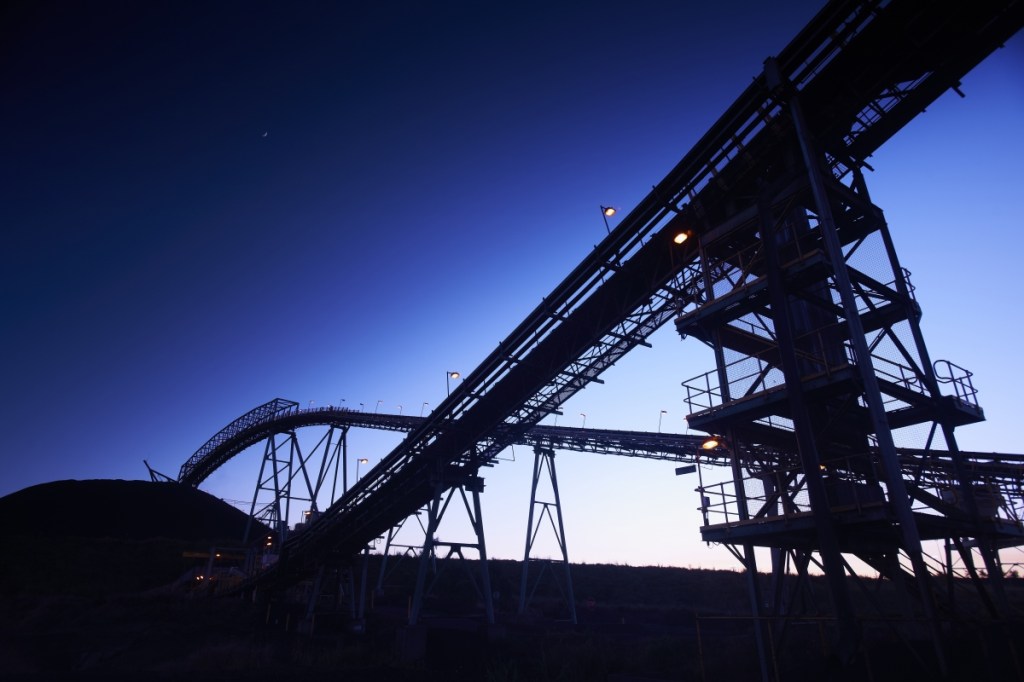Can Queensland leave the Big Coal club without leaving a big hole in its finances?
The Queensland Government promises to slash carbon emissions but it needs to keep burning coal to balance the books. It’s not clear how it’s going to resolve this tension.

The next time someone starts haranguing you about Big Coal – that shadowy cabal of carbon-polluting capitalists apparently standing in the way of a carbon-free future – keep in mind they’re talking about us – the people of Queensland.
Our state government is one of Australia’s biggest carbon emitters thanks to its Stanwell Corporation and CS Energy, which use coal-fired power stations to generate more than 70 per cent of Queensland’s electricity.
Stanwell is Australia’s third-largest greenhouse gas emitter, and CS Energy fifth, according to the Clean Energy Regulator’s latest data.
The Palaszczuk Government has made big promises about reducing greenhouse gas emissions. It’s aiming for a 30 per cent reduction in emissions by 2030 and net zero emissions by 2050.
But how it will get there?
Shut down the coal-fired power stations as quickly as possible, you might say.
But there are two big problems.
The first is, we need Queensland’s coal-fired power and will for decades to come, regardless of how quickly we can add other sources of energy to the mix.
You might like
The state’s coal-fired power stations produce electricity around the clock, which renewable energy suppliers can’t yet do in any meaningful way.
But more pressingly, the Government needs the money.
CS Energy and Stanwell returned more than a billion dollars to the state last year. They’re as profitable as they’ve ever been, in part because of growing demand from southern states where predictable coal-fired electricity is getting harder to find.
Even if you think it’s worth foregoing all that revenue to reduce emissions, there are all the lost jobs and the damage that would be done to regional communities; political suicide.
What’s the Government doing about it?
Quite a lot, it says on the State Government’s climate change portal.
Everything from consultations and strategy documents and funds for supporting carbon farming to Queensland Treasury Corporation Green Bonds and backing for electric cars, biofuels and solar farms.
But much of this activity boils down to harvesting the low-hanging fruit and clearing the way for the heavy lifting, which is supposed to begin this year, according to the Government’s own timetable.
To quote from its Climate Transition Strategy released in late 2017:
“There are many low risk ‘no-regrets’ actions that Queensland can take to position the state for a smoother transition as the global economy accelerates towards zero net emissions.
Stay informed, daily
“This will position Queensland for the second stage, which is the deployment of a suite of substantive policy measures from 2020, representing the state’s pathway to zero net emissions by 2050.”
It’s early in the year but so far there’s no indication of what’s next. We did ask for an update from the Government on next steps but all we received in reply was was a summary of what it’s being doing so far and a reassurance from Environment Minister Leeanne Enoch that, “The Queensland Government takes climate change very seriously and is addressing this important issue. ”
And there’s no indication of how the Government plans to replace the rivers of gold flowing from its coal-fired power companies.
One of the Government’s big arguments for not privatising Stanwell and CS Energy was we were better off as a state receiving a strong, annual revenue stream rather than one big hit of cash.
But at some point, in the not-so-distant future, these coal-fired power generators will stop delivering the goods.
The Auditor-General says as much in his 2018-19 review of the state’s energy companies:
“Returns from CS Energy and Stanwell are the highest on record, but this trend is unlikely to continue.
“As more renewable energy projects enter the market to meet the state’s 50 per cent renewable energy target, Queensland’s coal plants will be progressively retired over the next 30 years (as they reach the end of their lives).
“This means that the generators may not be able to sustain their high level of income in the future, which will affect the returns to the State Government.”
The good news for the Palaszczuk Government is that none of this will happen to any degree before October’s state election.
And so, for now, we have the bizarre situation of a government actively supporting competition to its own highly profitable coal-fired cash cows – a situation that can’t continue indefinitely.
Without a detailed transition plan Queensland will be trading in its membership of the Big Coal club for a big hole in its finances.
And then, of course, there’s the $500 million in steaming coal royalties the State Government stands to lose if and when the rest of the world start switching off their own coal-fired power stations.
But that’s another story.





